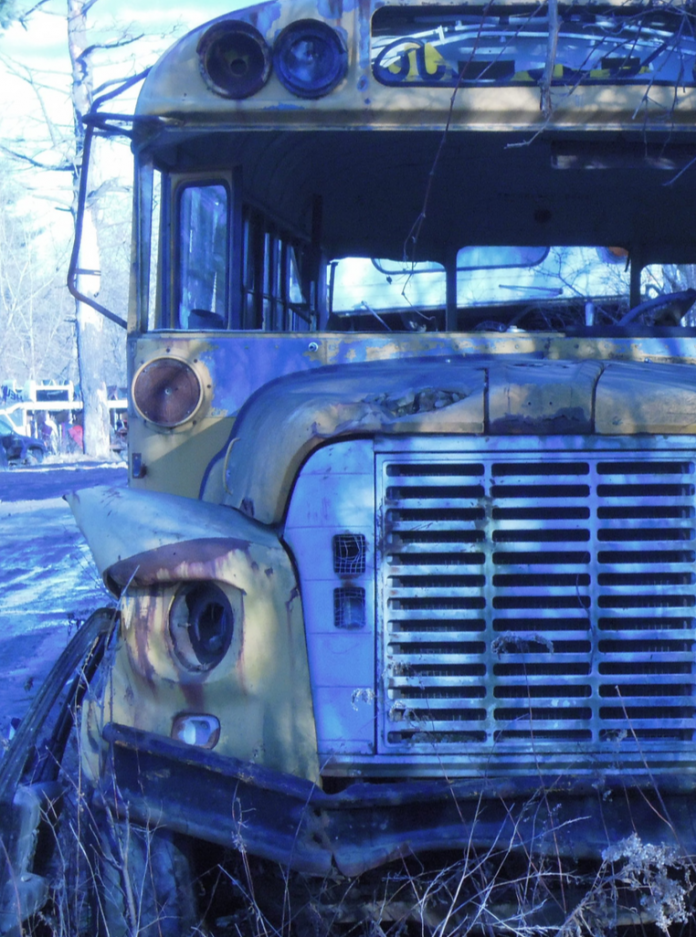On the corner of 4th and Allen Streets in downtown Allentown, sits a brick and stucco school building reminiscent of the Alamo. Cars speed by on a cold December day as students shuffle inside — but they are not headed to a typical high school. They are attending an alternative program, run in partnership with Communities in Schools (CIS), meant to assist students who struggle in conventional school.
In the Allentown School District (ASD), many students suffer from financial issues and struggles at home, leading students to feel as if dropping out is the only option. Over 40 percent of ASD students never make it across the stage at graduation and almost 90 percent of the students are considered economically disadvantaged. The CIS program has been assisting students in Lehigh Valley school districts since 1983 and provides different types of education initiatives such as alternate education support services for students who struggle with the standard high school curriculum.
At the William Penn Building at 4th and Allen, CIS runs the re-engagement center to help students finish their high school education with either a diploma or GED. The center is not a typical classroom setting — there is an open space for students to work at their own pace as well as online sessions for those who cannot physically come into the center. They provide computers for students and you will often see students and CIS employees working together on a smart board. The employees of the re-engagement center have cubicles in the classroom so that students feel comfortable asking for guidance.
The program seeks students who are willing to pick up their education where they left off, but they can be hard to find. Jon Fenner, CIS program manager, keeps a list of students who drop out of school in Allentown and along with Manny Torres, an outreach worker, they contact students from the list and talk to them about the re-engagement center. When Fenner and Torres first came to CIS they were nervous that the program wouldn’t succeed. But at William Penn, they managed to convince 138 students to return to school in the first year of the program.
Torres has lived in Allentown his entire life and has connections within the Allentown community. He spoke of how his involvement is always connected back to Allentown. “One of the major initiators of the program was my high school principal,” said Torres “so it was neat to see him in a different light and in a different situation. It’s something that makes me proud, makes me feel good to give back and see students that were in my shoes and help them get to a better place in their education.”
Not only does Torres’s commitment to the Allentown community in fluence his connection with the students but he also takes pride in the fact that, like most of the students he works with, he is Latino. “The larger dropout population is Latino and in working with these students there’s been a lot of times where I have to translate,” said Torres. “I have lived in center city Allentown my whole life so I’ve been in their shoes. I think it serves as an example that you can be where you are now and get out of it and not let that be an indicator of where you’re going to be.”
“It’s something that makes me proud, makes me feel good to give back and see students that were in my shoes and help them get to a better place in their education.”
Rodney Edwards and Luaida Melendez are two of the students enrolled in the re-engagement program at William Penn. “I dropped out last year and I got a call from them saying that I could re-enroll in school and finish and get my diploma,” said Melendez, recounting her time at Allen High School. “If you put your time into it and your focus on it, it’s easy, it’s not like going to school but you do learn.” Melendez is soft spoken and nervous so being in a classroom at Allen was not the right fit. “I get distracted easily,” said Melendez “So being by myself on the computer is way easier because I can concentrate on what I’m doing.”
Edwards expressed how the typical high school classroom was not the right fit for him either. “I started freshman year and I wasn’t focused at all,” said Edwards. “School at that time, I didn’t respect it, I didn’t understand what I was there for and I didn’t understand what I needed to do to earn it.” Edwards began school again at Dieruff High School but soon started to skip class. He transferred to William Penn and again just stopped going to school. “They officially kicked me out, I never wanted to drop out, they just kicked me out” said Edwards. “It took the time of me actually being a dropout to realize how important school is and what I was missing out on as far as the high school experience. I got in touch with the re-engagement program and they helped me out.”
Despite a non-traditional education experience, Melendez has big dreams for the future. “I want to go to college. I want to do culinary arts or become a veterinary technician,” she says. Edwards also has a goal in mind, “I want to get right into college.” While Melendez and Edwards had atypical school experiences they both found their way back to the classroom with a different sense of respect for education. Their detours from the typical educational path were beneficial to get them where they are now. ♦























